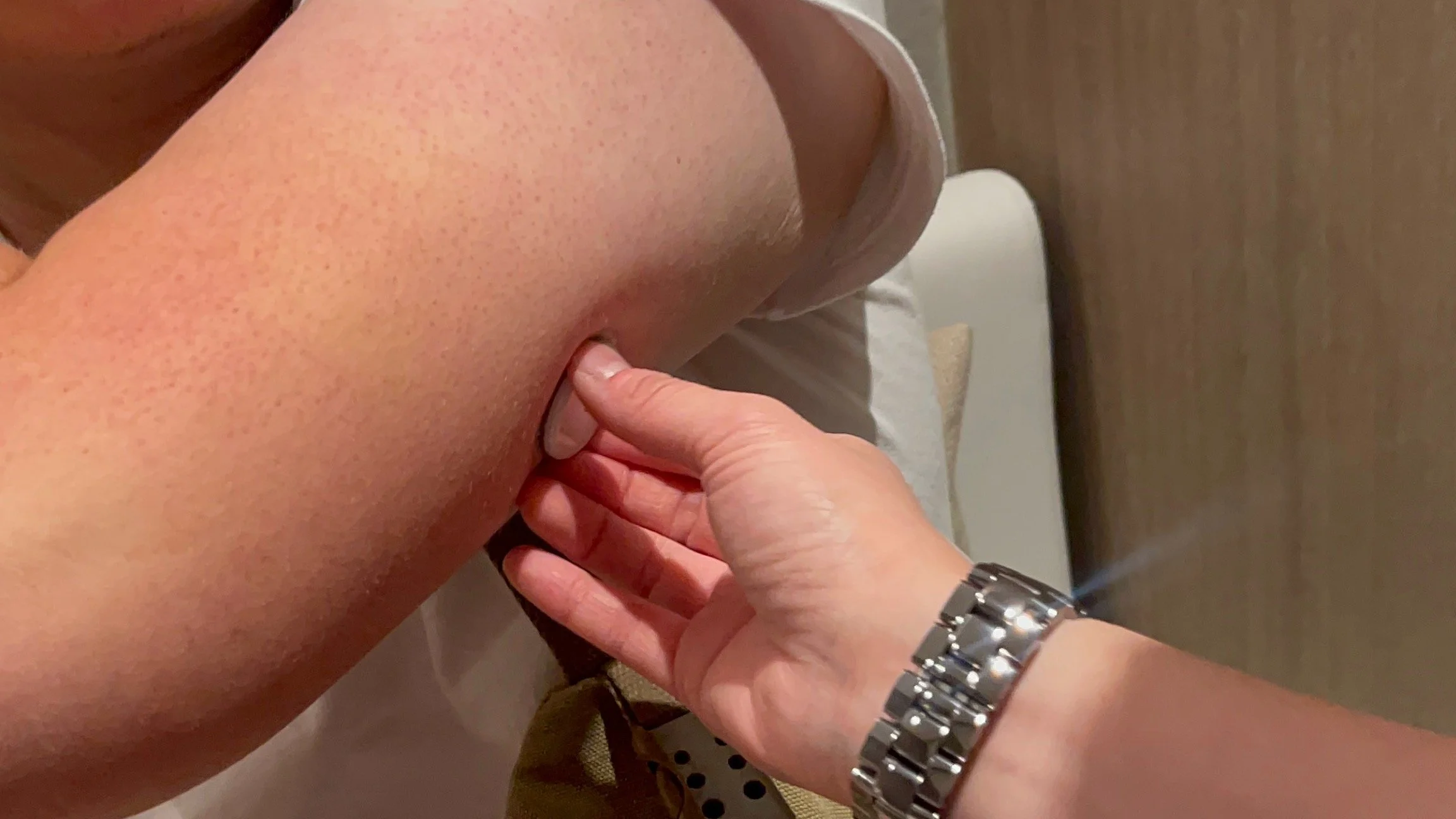Blog #1 July 15, 2025
Health Awakenings’s mystical mascot (soenix) welcomes you to a journey of renewal & optimal health
Blog #2 Date: August 1, 2025
Health Coaching Client with Diabetes Milletus
Summary: In April, my client was diagnosed with full-blown diabetes after several years of a sedentary lifestyle and poor food choices. He was in his early 20s and was immediately put on metformin and insulin injections.
With the guidance of his endocrinologist, I coached him in implementing lifestyle changes. To lower insulin resistance, he started intermittent fasting. The client met with me four times a week for walks and workouts, which included some yogic breathing exercises (abdominal breathing and kapalbhati*). I monitored the client’s meal intake, ensuring that they were low-carb combined with protein and fat, with no snacking allowed.
Within just a few weeks and with the use of an electronic glucose meter, I saw his blood sugar numbers drop rapidly due to the significant increase in exercise, controlled eating, and fasting. I advocated for the removal of insulin, and the doctor agreed. Later, as the metformin also brought blood sugar levels into hypoglycemic territory, that medication was eventually discontinued as well.
While the client still needs to achieve greater weight loss (he lost only four pounds during coaching), he has made great strides towards reversing his diabetes. It was rewarding to see his medications taken away, and it was fascinating to watch his body respond immediately to exercise and diet.
Reflection:
Diabetes management requires careful monitoring of blood sugar, but a combination of intermittent fasting, a limited-carb diet, and daily movement can significantly improve the condition. Additionally, maintaining a calm environment is crucial, as stress can impact insulin resistance. I believe diabetes can be reversed with commitment and compliance to enact change, and I applaud my client’s progress in moving out of the dangerous blood sugar zone.
TIPS:
Move throughout the day whenever possible. For example, no resting on escalators. In Hong Kong, people walk up escalators on the left side—be a mover!
Consume a clean diet (i.e. avoid processed foods & sugary beverages) and aim for at least 45 minutes of exercise each day, especially after meals, to improve blood sugar numbers. Watch out for hidden sugars (like those in ketchup, flavored yogurt, snack bars).
Get in the habit of reading ingredient labels. Gravitate to eating a whole foods diet, so there will be less reading of ingredient labels.
For longevity, dedicate time with loved ones at meal times (at least min 30 minutes) to connect, unify, vent, share, pray… acknowledge the blessings on the table and of the day.
*Kapalbhati - Sanskrit for frontal brain cleansing breath, which balances and strengthens the nervous system, tones digestive organs, and energizes the mind.
The electronic glucose meter used with the Freestyle app was extremely helpful for tracking blood sugar levels after meals and observing how different food combinations affected the client’s readings.
Walks in Hong Kong’s beautiful Tai Tam Reservoir
BOTTOMLINE - Boost back insulin sensitivity through cutting carbohydrates, employing intermittent fasting, and dedicating at least 45 minutes of daily exercise.
Blog #3 first vlog! omg!
Learn about one of my current favorite
health books.
Blog #4 October 24, 2025
CELEBRATING DIWALI & RELATIONSHIPS: “Loving Our Nearest and Dearest”
While my thoughts are in India this Diwali season, I find myself transported back to the summer of 2014 when I pursued one of my yoga teaching certificates at the Bihar School of Yoga. Those memories remain some of my most cherished.
First of all, the atmosphere was enchanting, and the music was phenomenal. The sound of kirtan filled the ashram: harmoniums, tablas, bells, and chanting voices rising in devotion, often preceded by the deep, resonant call of a conch shell. It was heavenly to me, dreamy and otherworldly. Yet, in the midst of that dream, there was also plenty of seva (selfless service)—cleaning, sweeping, washing floors and toilets, organizing the ashram, and creating charitable bundles. Every day I took two refreshing bucket showers, each one feeling like a small blessing. I lost about ten pounds that summer from all the work and heat. I was thrilled.
The ashram’s food was delicious, nourishing, purely vegetarian, made with vegetables grown nearby. It was there that I first got hooked on yellow dal. And the Indian people from all parts of India were so friendly, humble, and radiant. I remember thinking, Indians smile a lot!
Led by highly disciplined and skilled swamis, the training program itself was comprehensive. We learned advanced yoga not just as a sequence of postures, but as a complete system for cleansing and revitalizing the body, mind, and spirit. There was ample pranayama (breathwork), meditation, and purificatory practices, including something called kunjal kriya at five in the morning—a cleansing technique I’ll never forget. About the third week, during meditation, with my eyes closed, I began to see subtle colors and shapes in the patterns of the chakras. It was an intensely spiritual time, as I clearly remember one festival when all the swamis and sanyassins chanted the entire Bhagavad Gita with instruments. The recitation took more than four hours, all of us seated in meditation posture. It was so remarkable and mesmerizing.
After dinner each evening, we would then gather for satsang—a spiritual gathering—with the strikingly charismatic Sri Swami Niranjanananda. His presence was magnetic. From several meters away, I could feel his energy, and his eyes sparkled so intensely that I had to look away.
Those satsangs were precious, each filled with gentle humor, ancient stories, and timeless wisdom. But one teaching, in particular, has stayed with me—a jewel of insight I call “Loving Our Nearest and Dearest.”
Swamiji reminded us that real charity, kindness, and generosity begin at home. He explained that while it’s easy to give money to charities or show kindness to strangers, the true test of generosity lies in how we treat those closest to us—our family, our friends, and our everyday circle. If we cannot express love, patience, and service toward our “nearest and dearest,” then our broader acts of charity may lack the authenticity we imagine they have.
Reflection
That teaching struck a deep chord in me. It reminded me that kindness is not only a virtue meant for the world at large but also a practice that begins right within our homes. It may also involve something more challenging, such as prioritizing the relationships with our families and friends, giving them our focused attention and time—our true life’s currency. And perhaps the web of karma that binds a family together is precisely the garden where our compassion and humility are meant to grow. 🌻 Namaste.




